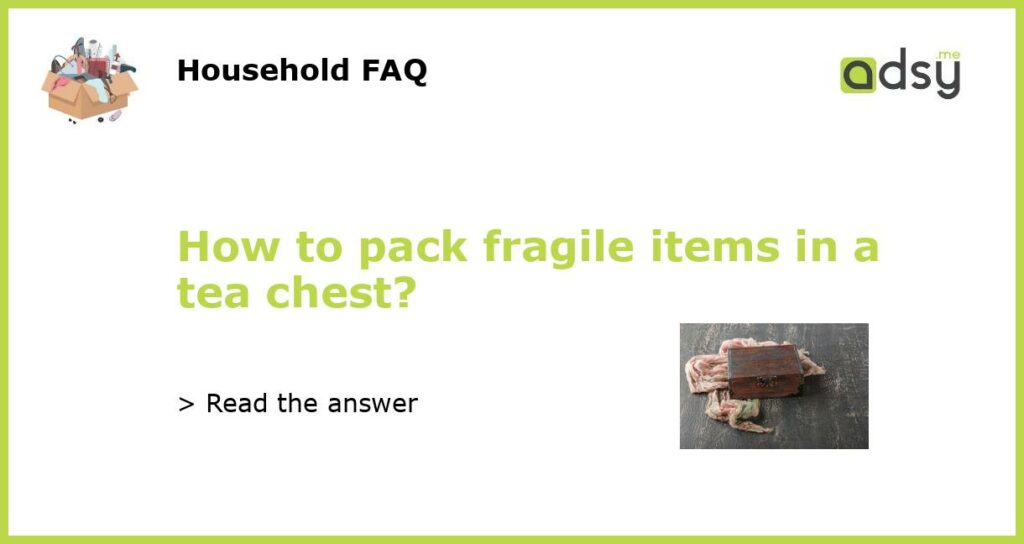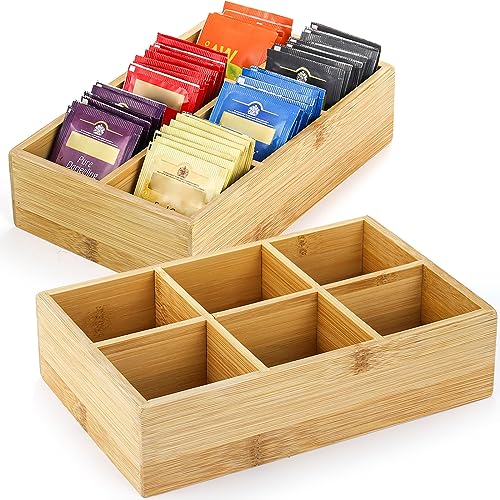Use Plenty of Wrapping Materials
Packing fragile items in a tea chest requires careful planning and the use of appropriate materials to ensure that your delicate belongings arrive at their destination intact. One of the most important steps is to use plenty of wrapping materials to provide cushioning and protection.
Start by gathering materials such as bubble wrap, packing paper, and foam peanuts. These can usually be purchased at office supply stores or moving supply retailers. Wrap each fragile item individually in bubble wrap or packing paper, securing it with tape or adhesive as needed.
For extra protection, consider wrapping the item multiple times or adding additional layers of bubble wrap. It’s better to use too much wrapping material than not enough, as this will help absorb any shocks or impacts that may occur during transportation.
Choose the Right Tea Chest
When packing fragile items, it’s important to select the right size and type of tea chest. Look for sturdy tea chests made of durable cardboard or plywood. Avoid using older or damaged boxes, as they may not provide adequate protection.
Consider the size of the items you are packing and choose a tea chest that will accommodate them comfortably. It’s best to use a box that is slightly larger than the item to allow for additional padding and cushioning. This will help prevent any movement or shifting during transit.
Some tea chests also come with built-in dividers or partitions, which can be useful for packing multiple delicate items in a single box. These dividers provide additional stability and prevent items from touching each other, reducing the risk of breakage.
Arrange Items Carefully
Once you have wrapped each fragile item and selected the appropriate tea chest, it’s time to arrange the items inside the box. Start by placing a layer of foam peanuts or crumpled packing paper at the bottom of the box to act as a cushion.
Next, carefully arrange the wrapped items in the box, making sure they are spaced apart and not touching each other or the sides of the box. Avoid overpacking the box, as this can lead to compression and increased risk of breakage.
If you are packing multiple layers of fragile items, place a layer of foam peanuts or packing paper between each layer to provide extra cushioning and protection. Once everything is arranged, fill any remaining empty spaces with foam peanuts or crumpled packing paper to prevent movement during transit.
Label the Box as Fragile
To ensure that your fragile items are handled with care during the moving process, it’s important to clearly label the tea chest as fragile. This will alert movers and anyone handling the box to exercise caution and avoid rough handling.
Use a permanent marker to write “Fragile” or “Handle with Care” on multiple sides of the box, including the top and all four sides. This will make the label visible from any angle and help prevent any accidental mishandling or stacking of heavy items on top of the fragile box.
If you are using a moving company, make sure to communicate the fragile nature of the items to them as well. This will ensure that they handle the box appropriately and take any necessary precautions during transportation.
Consider Professional Packing Services
Packing fragile items in a tea chest can be a time-consuming and delicate process. If you have valuable or highly delicate items that require extra care, you may want to consider hiring professional packing services.
Professional packers have the experience and expertise to properly pack fragile items and ensure their safe transportation. They have access to specialized packing materials and techniques that can provide superior protection for delicate items.
While professional packing services may come at an additional cost, they can save you time and provide peace of mind knowing that your fragile items are being handled by experts. It’s important to weigh the value of your items and the potential risk of damage when deciding whether to hire professional packers.






